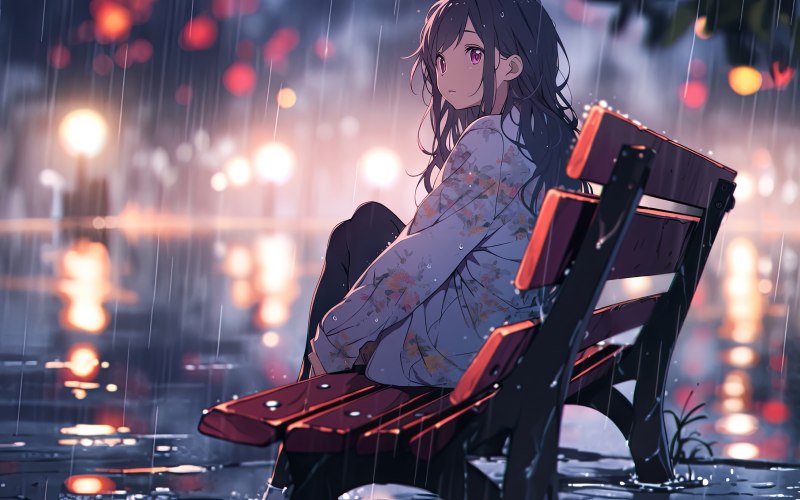Lighting and animation are two critical components in the world of visual storytelling, digital art, and 3D design. Mastering these skills can significantly enhance the realism and emotional impact of your projects, whether you’re working on a feature film, a video game, or a simple animated short. In this blog, we’ll explore effective strategies and resources to help you learn lighting and animation usage.
Understanding the Basics
The Role of Lighting in Animation
Lighting is not just about making a scene visible; it’s a powerful tool that sets the mood, highlights important elements, and adds depth to the narrative. In animation, good lighting can bring characters and environments to life, making them more believable and emotionally engaging.
- The Importance of Animation
Animation and VFX courses are the process of bringing static images or models to life through movement. It involves understanding motion, timing, and the principles of physics to create fluid and natural animations. Animation can be used to tell stories, convey emotions, and create immersive experiences.
Steps to Learn Lighting and Animation
- Start with the Fundamentals
Before diving into complex projects, it’s crucial to build a solid foundation in both lighting and animation.
Lighting Fundamentals:
- Study the basics of light, shadow, and color.
- Understand different types of light sources (e.g., point light, directional light, ambient light) and how they affect a scene.
- Learn about lighting setups, such as three-point lighting, which is commonly used in film and photography.
Animation Fundamentals:
- Learn the 12 principles of animation courses after 12th developed by Disney animators, including squash and stretch, anticipation, and timing.
- Practice simple animations to get a feel for motion and timing.
Choose the Right Software
Several software tools are available for lighting and animation. Some popular options include:
For Lighting:
- Autodesk Maya: Known for its robust lighting and rendering capabilities.
- Blender: A free, open-source tool with powerful lighting features.
- Cinema 4D: Offers user-friendly lighting tools and integration with other design software.
For Animation:
- Autodesk Maya: Widely used in the industry for character animation.
- Blender: Great for beginners and advanced users alike.
- Adobe After Effects: Ideal for 2D animation and motion graphics.
Practice, Practice, Practice
The key to mastering lighting and animation is consistent practice. Start with small projects and gradually increase their complexity. Here are some practical exercises:
Lighting Exercises:
- Experiment with different lighting setups and observe their effects on a simple scene.
- Recreate lighting from your favorite films or photographs.
- Practice using various lighting tools and techniques in your chosen software.
Animation Exercises:
- Animate a bouncing ball to understand timing and squash and stretch.
- Create walk cycles to practice character animation.
- Experiment with different types of animation, such as keyframe animation, motion capture, and procedural animation.
Study Real-World References
Observing real-world lighting and movement can significantly improve your skills. Take time to:
- Analyze how light interacts with objects and environments in everyday life.
- Study the motion of people and animals to understand natural movement.
- Watch animated films and breakdowns of professional work to see how experts use lighting and animation to enhance their stories.
Join Communities and Seek Feedback
Engaging with communities of fellow learners and professionals can provide valuable insights and feedback. Join forums, social media groups, and attend industry events to network and learn from others.
Advanced Techniques
Once you’re comfortable with the basics, you can explore more advanced techniques:
Lighting:
- Global Illumination: Simulates realistic lighting by taking into account how light bounces off surfaces.
- HDR Lighting: Uses high dynamic range images to create more realistic and detailed lighting.
- Volumetric Lighting: Adds depth to your scenes by simulating light scattering through particles like fog or dust.
Animation:
- Character Rigging: Creating and using complex rigs for more realistic character animations.
- Dynamics and Simulations: Adding realistic physics-based effects like cloth, hair, and fluid simulations.
- Motion Capture: Using motion capture data to create lifelike animations.
Conclusion
Learning lighting and animation usage is a journey that requires dedication, practice, and a willingness to learn from both successes and mistakes. By starting with the fundamentals, choosing the right tools, and consistently practicing, you can develop the skills needed to create stunning and emotionally engaging animations. Remember to study real-world references, seek feedback from the community, and continually challenge yourself with new projects. With these strategies, you’ll be well on your way to mastering the art of lighting and animation.

